Our purpose is to support families who want their children to
learn about nature, in nature, with nature.
Journeys Out Yonder provides humane, place-based adventure programs for young children. We utilize the vast outdoor landscapes to feed children’s curiosity, advance childhood play, develop self-efficacy and social connections while building strong, capable bodies.
Children who love where they live learn to care for it.
Enrollment Process
Step 1: Schedule your tour
Step 2: Complete enrollment paperwork
Step 3: Submit payment
Step 4: Begin your Journey Out Yonder
Registration Process
- Siblings will receive preference for enrollment when an opening is available.
- New inquiries are asked to review JOY’s website to determine if this is the right program for you and your child/children.
- New inquiries for enrollment will be considered after both a phone call and a scheduled meet-and-greet with parents and child/children is completed with Mary.
- After Mary has confirmed your child/children are accepted for enrollment a registration form will be sent to you to be completed, and a required enrollment fee and deposit will be required to hold your child’s/children’s place in the specific program identified on the registration form.
- Once full registration is complete, Mary will share JOY’s “Family Orientation Document”.
Our curriculum adheres to the pedagogies of
and
Children need quality time outdoors, every day. JOY adheres to an emergent curriculum, through outdoor exploratory and adventurous play, with learning activities that children naturally engage in. Child-centered, outdoor activities afford children the opportunity for transcendent and emergent nature experiences that help them learn about themselves, others and the world where they live. I adjust teaching to meet the needs of each child, their interests, their passions, and their skills.
Program rules address the need to help children identify and manage moderate risks and hazards.
By giving children time to explore and know their places well,
“They become a part of the community, rather than a passive observer of it.“
(David Sobel (2005). Place-Based Education: Connecting Classrooms & Communities)
Children’s passions and interests are key aspects of planning the day’s adventure. Review, recall and reflection discussions and activities enable children to develop behaviors and points-of-view that become habits. I will have my bag of tricks, with playful activities focused on the 7 Principles of Childhood and Nature, science, ecological principles, group bonding and building strong connections with nature and their community. Clothing appropriate for current weather conditions is required!
“Kids don’t bounce off the walls when there are no walls.” Erin K. Kenny
Themes of outdoor, nature based emergent curriculum:
Following Paths: Mapping, Navigation, Geocaching
Hunting and Gathering: Plant & Animal ID, Nature Photography
Animal Allies: Connecting with nature, and service-to-nature projects
Making Forts and discovering Special Places: Weather, snow science, winter adaptations and shelter-building
Descending into Fantasies: Story telling, writing, photography, videography and performances.
Creating Small Worlds: Building our own world, in a special place.
Trash to Treasure: Collecting trash and transforming it into something new.
New life! Nature observations and scientific method; nature art
Book Trails: connecting literature with personal experiences
(Source: David Sobel, Childhood and Nature: Design Principles for Educators, Stenhouse, 2008)
Building and fostering friendships
Observation and Contemplation
Animal Allies
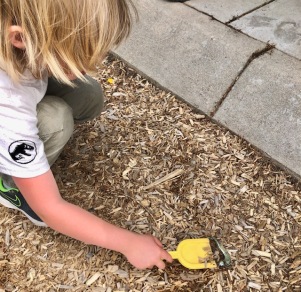
Building Forts
Overcoming obstacles and accomplishing goals
Exploring and Discovering
Climbing to great heights!
MAKING WAVES and PLAYING IN THE MUD
Creating art with nature
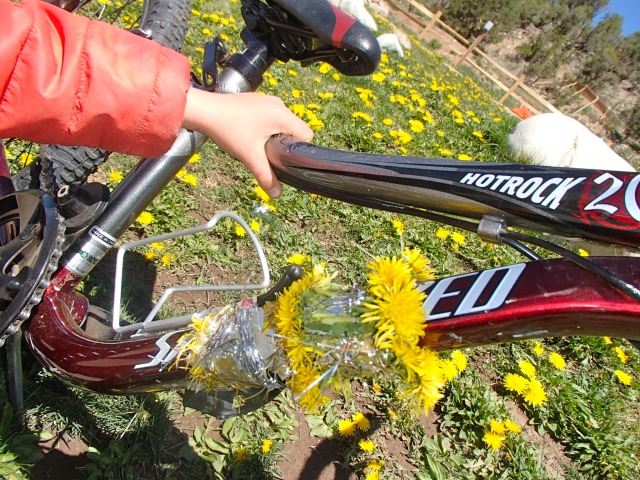
Nature art
Harnessing the power of the Sun and learning to respect Fire
EXPLORING CONNECTIONS: EARTH, WATER, AIR, FIRE
Sample Skills and Learning Opportunities
Intro routines
–science mysteries (objects, current research/science news, legends/myths)
-quote to start the day
-nature names
-5-10 main games (observation games, team building games, and review games)
Mid-Program routines
-sit spots (solo meditation in their special spot)
-wandering with guide books: trees, Wilderness Survival, Edible Wild Plants, Animal Tracks, Mushrooms, Rocks and Minerals, How-to tie Purposeful Knots
-journaling
-seasonal monitoring (precipitation, bird boxes, bug traps, animal track stations, bee blocks)
-skills training: watching wildlife, photography, natural print making
Wrap-up routines
– reflections, such as “roses and thorns” (best and worst part of the day)
– floor books
– carrying learning forward, into our day-to-day lives
– future planning
Skills
–scientific method/asking questions and making a plan to get answers
-using guide books
-handling and caring for animals
-building shelters
-plant identification and uses
-survival fire construction
-making cordage
-sewing
-observation/drawing in nature
-water from leaves/solar still
-music (set of songs we learn together)
-setting-up camp
-fire skills (1 match fires, flint/steel, magnesium, etc.)
Book Trails
In collaboration with the local libraries, we’ll sometimes end our day searching for a book that will help us find the answers to our questions and curiosities from our day’s adventure.


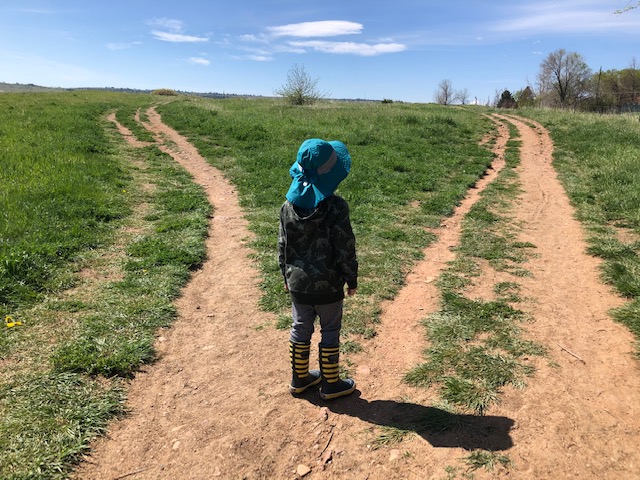
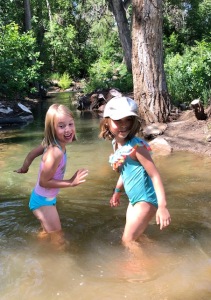



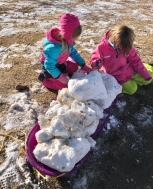
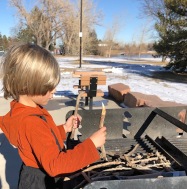





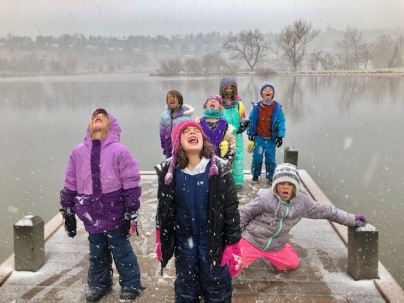















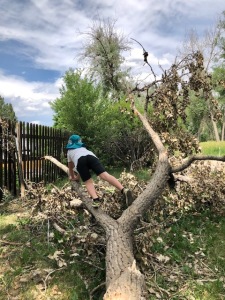
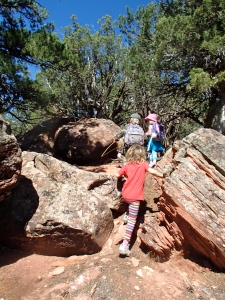



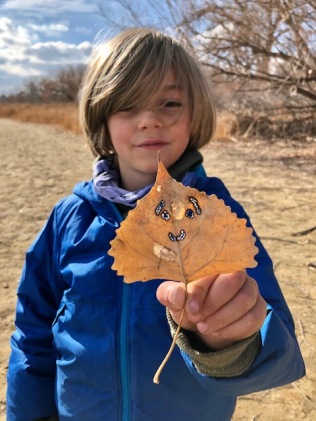




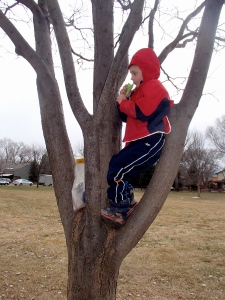

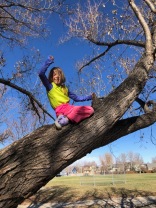




















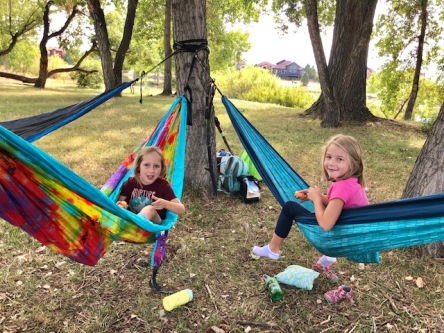

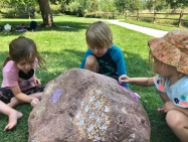


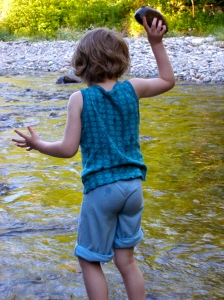






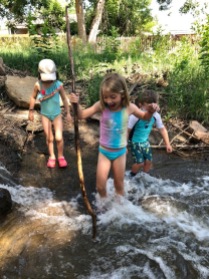






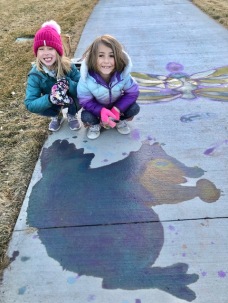














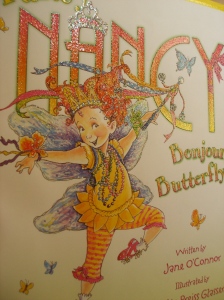
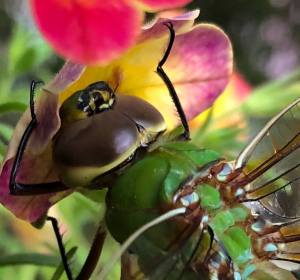
You must be logged in to post a comment.